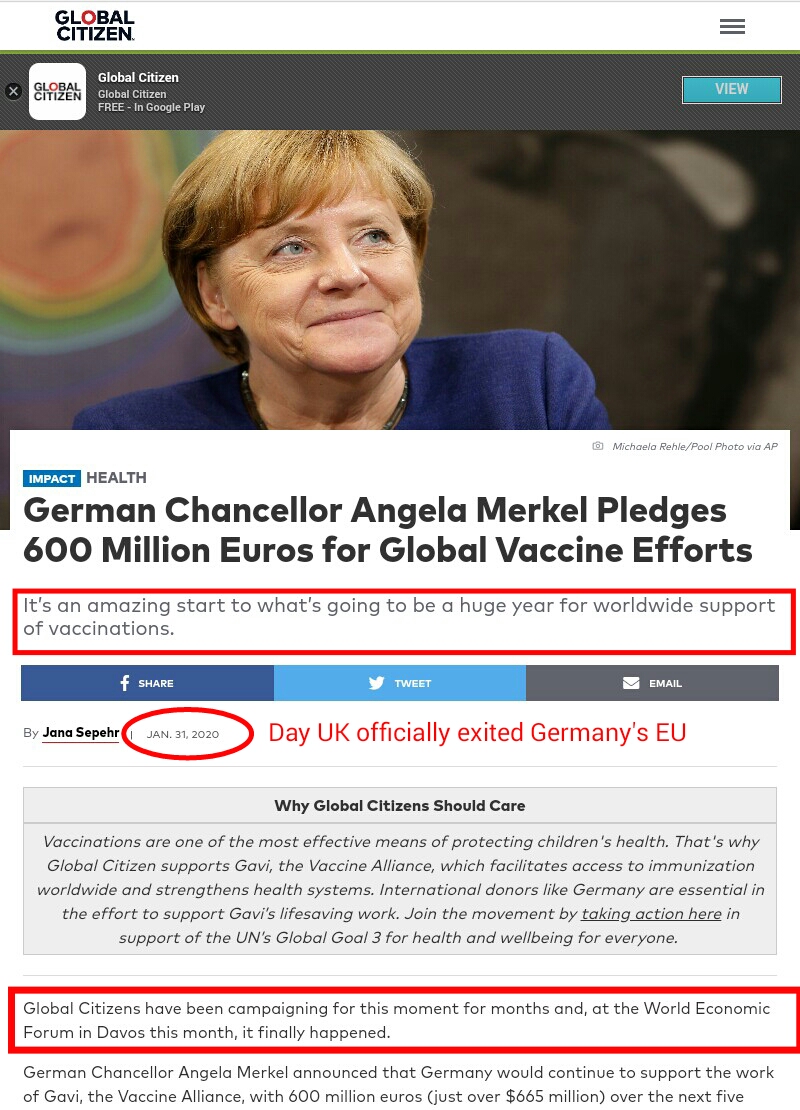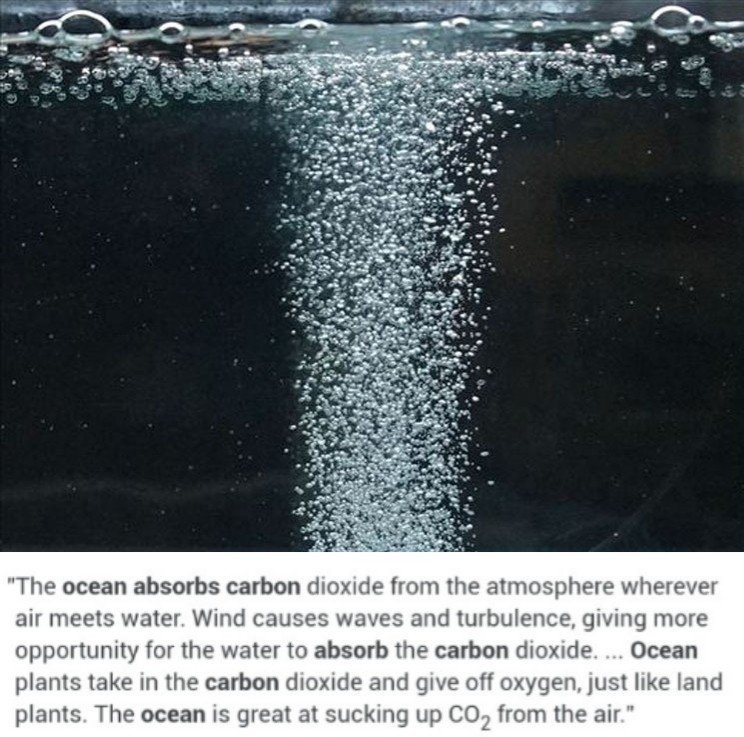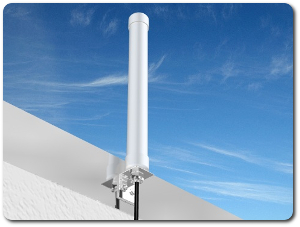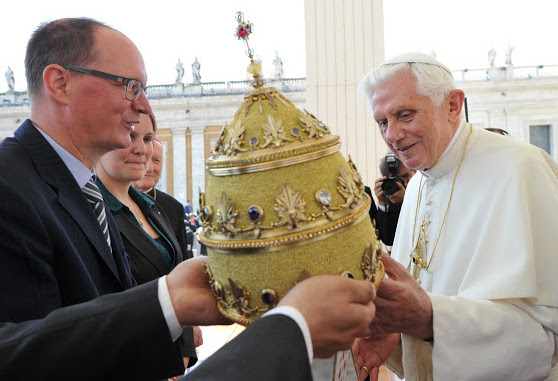How everyone can afford to own a brand new, self-charging, all-electric car in 2012.
Getting Off Oil, World news Monday, February 13th, 2012
Even the 2003 Chevrolet SS Concept Car can easily be made into an all-electric car.
If you’ve ever wanted to own an all-electric car but couldn’t afford the hefty price tag now you can. The reasons for wanting to own an electric car are many but the number 1 reason is that electric car owners will never need to buy another drop of oil, gasoline, natural gas, propane, water or fuel of any kind.
Today, in 2012, everyone can own an electric car and pay $thousands less than any limited production all-electric or electric hybrid car. How? You can buy and use any brand new 2012 gasoline fueled GM, Ford or Chrysler mid size or compact car and easily convert it into an all-electric car. Simply remove the gas combustion engine and all combustion engine related parts from the brand new and mass produced Big 3 automaker car and install a brand new electric motor.

The new 2012 Honda CR Z can also be easily converted into an all-electric sports car.
If you don’t like driving an American built car you can also use your favorite Honda, Toyota or other favorite import car. To recover some of the money you paid out for the new car, you can sell those removed parts to any auto parts salvage yard or retailer. Using the money from the sale of those parts you can buy a brand new electric motor, all of the necessary electrical parts and even pay for the labor to convert the vehicle. In the end you will have an all-electric car that is $thousands less than any electric car sold today.
The technology is here and now to get the World permanently off oil. The technology exists today to stop global warming, to end and prevent oil wars, to stop destroying the environment, to stop rising food prices, to stop cancer and disease, to stop corruption and to stop the enslavement of mankind? The technology has existed for the past 100 years. The picture in the far right column is proof of this. Thomas Edison is pictured sitting in his 1914 electric car.
I will demonstrate this summer that anyone can build an electric car that never needs a drop of oil, gasoline, natural gas, propane, water or fuel of any kind. I will convert a gas combustion vehicle into a 0 emissions electric vehicle. This vehicle will never need to be plugged in. This vehicle will be able to drive for hours and hundreds of miles. The technology exists today to both power and recharge any and every electric car. Today an all-electric car can be built that can recharge itself while driving and even while parked. So if you use your vehicle only to go to work, school, shopping or play this technology will mean that you will never have to pay for fuel or hydro electric power again.
Short URL: https://presscore.ca/news/?p=5495

 The Halifax International Security Forum was founded in 2009 as a propaganda program within the German Marshall Fund (founded June 5, 1972 by West German Chancellor Willy Brandt) by the Crown in Canada using Crown Corp ACOA & DND funds. The Halifax International Security Forum is a front that is used to recruit top US, UK and Canadian gov and military officials as double agents for Canada's WWI, WWII enemy and wage new Vatican Germany Cold War.
High Treason: s.46 (1) Every one commits high treason who, in Canada (c) assists an enemy at war with Canada, ..., whether or not a state of war exists". Every one who, in Canada assists Canada's enemies wage "piecemeal WWIII" Cold War by organizing, funding and participating in the Germany government politically and militarily benefitting / lead Halifax International Security Forum is committing high treason.
The Halifax International Security Forum was founded in 2009 as a propaganda program within the German Marshall Fund (founded June 5, 1972 by West German Chancellor Willy Brandt) by the Crown in Canada using Crown Corp ACOA & DND funds. The Halifax International Security Forum is a front that is used to recruit top US, UK and Canadian gov and military officials as double agents for Canada's WWI, WWII enemy and wage new Vatican Germany Cold War.
High Treason: s.46 (1) Every one commits high treason who, in Canada (c) assists an enemy at war with Canada, ..., whether or not a state of war exists". Every one who, in Canada assists Canada's enemies wage "piecemeal WWIII" Cold War by organizing, funding and participating in the Germany government politically and militarily benefitting / lead Halifax International Security Forum is committing high treason.
 Please take a moment to sign a petition to
Please take a moment to sign a petition to 









































 1917 Code of Canon Law, Canon 185 invalidates (voids) all papacies since October 26, 1958 due to the fact Cardinal Giuseppe Siri was elected Pope on the Third ballot on Oct 26 1958 but the new Pope Gregory XVII was illegally prevented from assuming the office. A Pope was elected on October 26, 1958. Thousands of people witnessed a new Pope being elected by seeing white smoke and millions were informed by Vatican radio broadcasts beginning at 6:00 PM Rome time on October 26, 1958. The papacy of Francis, Benedict, John Paul II, John Paul I, Paul VI, John XXIII and any and all of their respective doctrines, bulls, letter patents and the Second Vatican Council are all invalidated (having no force, binding power, or validity) by Canon 185 because the 1958 conclave of cardinals elected Cardinal Giuseppe Siri Pope on Oct 26 1958. Cardinal Giuseppe Siri accepted the papacy by taking the name Pope Gregory XVII but was illegally prevented from assuming his elected office.. According to Canon 185 Cardinal Angelo Giuseppe Roncalli illegally assumed the papacy 2 days later by fraud and grave fear, unjustly inflicted against Cardinal Giuseppe Siri who was lawfully elected Pope Gregory XVII. Because no Pope has been lawfully elected since October 26, 1958 the Holy See (la Santa Sede/Seat) remains vacant.
1917 Code of Canon Law, Canon 185 invalidates (voids) all papacies since October 26, 1958 due to the fact Cardinal Giuseppe Siri was elected Pope on the Third ballot on Oct 26 1958 but the new Pope Gregory XVII was illegally prevented from assuming the office. A Pope was elected on October 26, 1958. Thousands of people witnessed a new Pope being elected by seeing white smoke and millions were informed by Vatican radio broadcasts beginning at 6:00 PM Rome time on October 26, 1958. The papacy of Francis, Benedict, John Paul II, John Paul I, Paul VI, John XXIII and any and all of their respective doctrines, bulls, letter patents and the Second Vatican Council are all invalidated (having no force, binding power, or validity) by Canon 185 because the 1958 conclave of cardinals elected Cardinal Giuseppe Siri Pope on Oct 26 1958. Cardinal Giuseppe Siri accepted the papacy by taking the name Pope Gregory XVII but was illegally prevented from assuming his elected office.. According to Canon 185 Cardinal Angelo Giuseppe Roncalli illegally assumed the papacy 2 days later by fraud and grave fear, unjustly inflicted against Cardinal Giuseppe Siri who was lawfully elected Pope Gregory XVII. Because no Pope has been lawfully elected since October 26, 1958 the Holy See (la Santa Sede/Seat) remains vacant.
 Hold the Crown (alias for temporal authority of the reigning Pope), the Crown appointed Governor General of Canada David Lloyd Johnston, the Crown's Prime Minister (servant) Stephen Joseph Harper, the Crown's Minister of Justice and Attorney General Peter Gordon MacKay and the Crown's traitorous military RCMP force, accountable for their crimes of treason and high treason against Canada and acts preparatory thereto. The indictment charges that they, on and thereafter the 22nd day of October in the year 2014, at Parliament in the City of Ottawa in the Region of Ontario did, use force and violence, via the staged false flag Exercise Determined Dragon 14, for the purpose of overthrowing and besieging the government of Canada contrary to Section 46 of the Criminal Code. In a society governed by the rule of law, the government and its officials and agents are subject to and held accountable under the law. Sign the online
Hold the Crown (alias for temporal authority of the reigning Pope), the Crown appointed Governor General of Canada David Lloyd Johnston, the Crown's Prime Minister (servant) Stephen Joseph Harper, the Crown's Minister of Justice and Attorney General Peter Gordon MacKay and the Crown's traitorous military RCMP force, accountable for their crimes of treason and high treason against Canada and acts preparatory thereto. The indictment charges that they, on and thereafter the 22nd day of October in the year 2014, at Parliament in the City of Ottawa in the Region of Ontario did, use force and violence, via the staged false flag Exercise Determined Dragon 14, for the purpose of overthrowing and besieging the government of Canada contrary to Section 46 of the Criminal Code. In a society governed by the rule of law, the government and its officials and agents are subject to and held accountable under the law. Sign the online  Two of the most obvious signs of a dictatorship in Canada is traitorous Stephen Harper flying around in a "military aircraft" and using Canadian Special Forces "military" personnel from JTF2 and personnel from the Crown's traitorous martial law "military" RCMP force as his personal bodyguards.
Two of the most obvious signs of a dictatorship in Canada is traitorous Stephen Harper flying around in a "military aircraft" and using Canadian Special Forces "military" personnel from JTF2 and personnel from the Crown's traitorous martial law "military" RCMP force as his personal bodyguards.





































Thomas Edison spent $3.5 million between 1903 and 1910 perfecting his nickel iron battery. It was half the weight of lead acid batteries and had twice the energy density. His electric cars were demonstrably superior to the competition that were powered at the time by what we today know as Exide batteries. Thomas Edison’s nickel iron battery was used as the energy source for the Detroit Electric and Baker Electric vehicles. A 50 volt nickel–iron battery was the main power supply in the World War II German V2 rocket.
Edison’s batteries were made from about 1903 to 1972 by the Edison Storage Battery Company in East Orange, NJ. They were quite profitable for the company. In 1972 the battery company was sold to the Exide Battery Corporation, which discontinued making the battery in 1975.
Edison developed the nickel–iron battery to be the battery of choice for electric vehicles which were the preferred transportation mode in the early 1900s. Edison’s batteries had a significantly higher energy density than the lead–acid batteries in use at the time, and could be charged in half the time,
History has recorded that the electric car was built years before the gasoline combustion engine car. Electric automobiles held many speed and distance records. Among the most notable of these records was the breaking of the 100 km/h (62 mph) speed barrier, by Camille Jenatzy on April 29, 1899 in his ‘rocket-shaped’ electric vehicle Jamais Contente, which reached a top speed of 105.88 km/h (65.79 mph). http://en.wikipedia.org/wiki/La_Jamais_Contente
Two years earlier, in 1897, electric vehicles found their first commercial application in the U.S. as a fleet of electrical New York City taxis, built by the Electric Carriage and Wagon Company of Philadelphia.